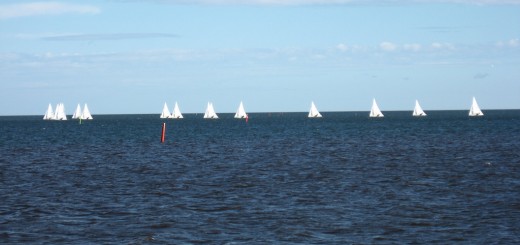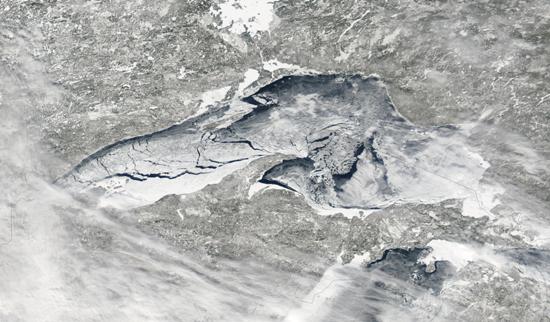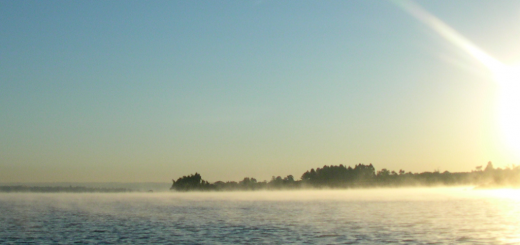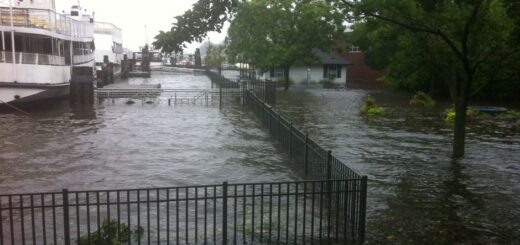Research Brief: Variable Trends in Ice Cover Dynamics on Minnesota Lakes
0Year to year, ice cover dynamics in freshwater lakes change, showing earlier or later ice formation and breakup, depending on the surrounding environment. Changes in ice cover phenology are often viewed as linear due to increases in air temperatures and worsening climate change–however, longer-term observations suggest a bit more variance.
A 2025 study published in Limnology and Oceanography Letters analyzed ice cover dynamics from 1213 lakes over a 74-year period in Minnesota to document variations in ice cover.1
The objectives of the study were to quantify (1) potentially nonlinear ice cover trends across the state, (2) lake-specific trends, and (3) the sensitivity of the results to the duration and number of observations.
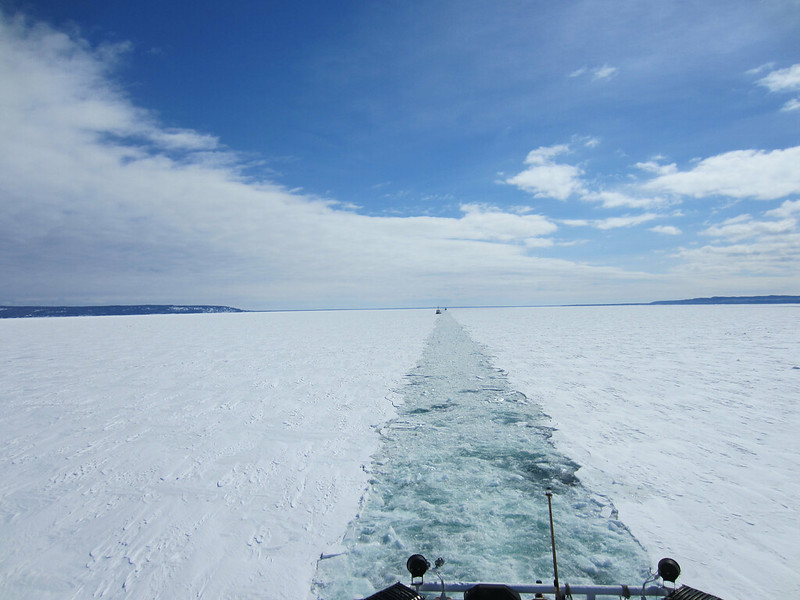
USCG Mackinaw in Lake Superior breaks a path in the ice for freighters travelling from Soo Locks. March 21, 2014. (Credit: NOAA)
Methods
The study pulled data from 1213 Minnesota lakes between 1949 and 2022 to evaluate long-term trends and variability in ice cover duration, ice formation, and ice breakup. The diverse and long-term data set allowed the researchers to explore spatiotemporal ice cover dynamics.
Ice formation and breakup observations were collected by volunteers over the 74-year period and then collated and maintained by the Minnesota Department of Natural Resources State Climatology Office.
Generalized additive mixed models were used to quantify potentially nonlinear trends in ice cover duration and the timing of ice formation and breakup. This data was then smoothed and compared to individual lake ice cover observations to identify lake-specific trends.
Finally, the sensitivity of the results across different time frames (1, 20, 30, 40, 50, and 70 years).
Results
The statewide trend analysis revealed a constant decline in ice cover duration at a rate of approximately 2.0 days per decade from 1949 to 2022. Ice formation dates shifted slightly later by 0.8 days per decade, and breakup shifted earlier at a relatively constant rate of 1.2 days per decade.
Lake specific trends revealed that most of the 41 lakes that had at least 10 years of observations and one observation per decade followed roughly the same long-term trend as the shared statewide trend for each ice metric (85% for ice cover duration, 80% for day of ice formation, and 90% for day of ice breakup.1
Spatial pattern observations showed that each “ice variable[s] matched statewide patterns in air temperatures where ice cover duration was shorter, ice formation was later, and ice breakup was earlier in southern Minnesota lakes.”1 However, the study also reports considerable local variation of ice cover duration and formation among lakes, with lakes closer together showing less variation.
There was considerable variation in estimated ice cover trends, and the time frame analysis of less than 40 years was often uncertain. The study notes that some trend estimates were positive, demonstrating increases in ice duration over a 30-year time frame, and “40-year time frames led to differing estimates of ice loss depending on the time frame.”1
Results of the study suggest that ice cover dynamics will continue to vary from year to year and that current estimates of accelerated ice loss may not be persistent across time and space.
Source
- Walsh, J. R., Rounds, C. I., Vitense, K., Masui, H. K., Blumenfeld, K. A., Boulay, P. J., Thomas, S. M., Honsey, A. E., Blinick, N. S., Rude, C. L., Bacon, J. A., LaRoque, A. A., C. Leão, T. C., & A. Hansen, G. J. Variable phenology but consistent loss of ice cover on 1213 Minnesota lakes. Limnology and Oceanography Letters. https://doi.org/10.1002/lol2.70015




